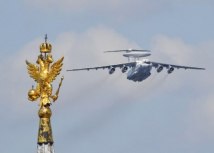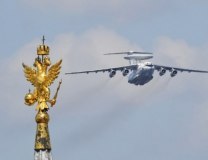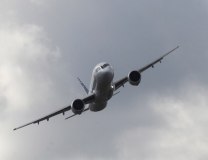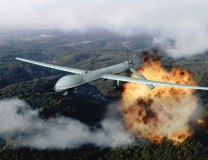"Good night, MH370"
Shortly after midnight on March 8, 2014, a Boeing 777 took off from Kuala Lumpur and climbed to an altitude of 10,500 meters.
Source: Guardian, index.hr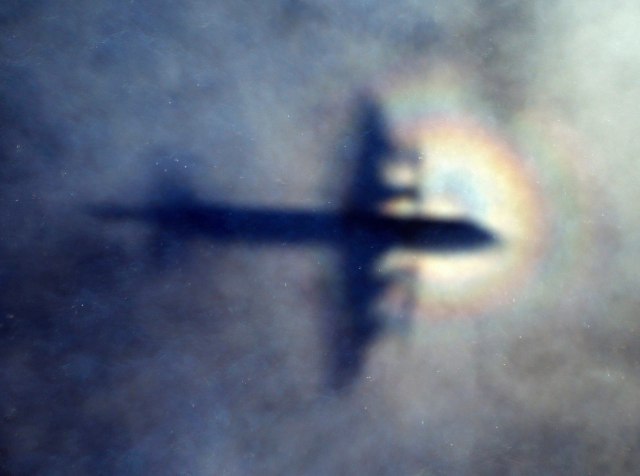
After being instructed to switch the frequency to Vietnamese air traffic control, the pilot replied in the polite but methodical manner common to radio calls: "Good night, Malaysian three seven zero." It was the last message received from Malaysia Airlines flight MH370.
Ten years have passed since then, since the plane veered off course during a routine flight to Beijing and disappeared, but despite a very large and expensive multinational search, one of the greatest mysteries of aviation remains unsolved, writes the Guardian.
None of the family members of the 239 missing passengers can understand this. But it is a question that haunts all those who are afraid of flying, as well as many of those who do not feel such fear.
How could a sophisticated Boeing 777 - equipped with modern instruments for the era of global satellite tracking and constant communication - simply disappear? In the days after the plane disappeared, there was so little information available that the search area stretched from Kazakhstan to Antarctica.
Then, in the weeks, months and years afterward, fragments of evidence, gleaned from satellite data, radar tracking and even analysis of ocean currents, helped narrow the search. But it also led to completely different theories, which were floating around all the time anyway.
Numerous theories
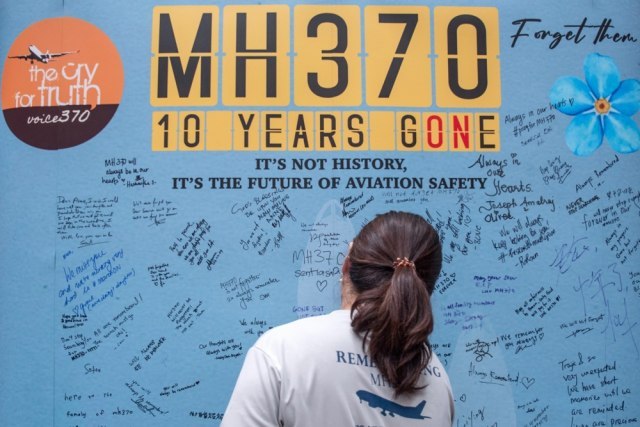
Theories ranged from the pilot sabotaging the plane, to the plane being shot down or hijacked by a government agency and landing in an obscure location, either with sensitive cargo or a politically important passenger.
Less dramatic, non-human factors have also been considered, including electrical failure, fire, or sudden depressurization of the cabin.
Meanwhile, poor public relations and a crisis in Malaysia's government - led at the time of the plane's disappearance by Prime Minister Najib Razak, who is now in prison on unrelated corruption charges - are hampering the search.
On Sunday, Prime Minister Anwar Ibrahim reiterated Malaysia's position that they are ready to reopen the investigation if there is credible new evidence. Malaysian Transport Minister Anthony Loke says he is ready to meet with US maritime robotics company Ocean Infinity to discuss a new search operation.
Since 2014, three official investigations have been launched: the unsuccessful Australian-led search, the Malaysian police investigation and the Malaysian official crash investigation, which concluded in 2018 with a nearly 500-page report.
None of them determined the cause of the plane's disappearance. Even amateur detective Blaine Gibson, a Seattle lawyer who became quasi-famous after finding debris from MH370 on beaches in Madagascar and Mozambique, has fallen silent.
But all the questions from 2014 remain unanswered in 2024. Chief among them are why the plane veered off course in an apparently controlled manner toward the Indian Ocean and why the plane's key communications and tracking equipment went silent.
That's why a lot of attention was focused, and still is, on pilot Zaharie (53) and co-pilot Farik Abdul Hamid (27), who led the ten-member crew.
The rogue pilot theory received further attention when data collected from a home flight simulator owned by Zaharie showed that someone had plotted a course towards the southern Indian Ocean.
"True, much can now be known with certainty about the fate of MH370," wrote William Langevish, a pilot turned investigative journalist, in 2019. "First, the disappearance was a deliberate act. It is inconceivable that the flight path, accompanied by radio and electronic silence, was caused by any combination of system failure and human error."
Langevish believes that Zaharie may have sent the junior co-pilot out of the cockpit on some fictitious mission, then shut down most of the electrical system and deliberately depressurized the aircraft, causing the rapid incapacitation of everyone in the cabin within minutes. "The scene, dimly lit for emergencies, would show the dead strapped to seats, with faces in worthless oxygen masks hanging from the ceiling," Langevish wrote.
With a much more powerful oxygen mask in the cockpit, Zaharie could have survived even at an altitude of ten thousand meters, claims Langevish.
Another theory, which other aviation experts suggest is possible or even likely, is that of a confused rather than a rogue pilot. That is, Zaharie encountered a problem such as a fire or depressurization and began to return to Malaysia, but was overcome by vapors or a lack of oxygen, known as hypoxia.
In the commotion, Zaharie or Farik may have accidentally switched off the communication equipment. The plane would then continue as a ghost flight, with the passengers dead but the flight continuing on autopilot.
But those are just theories. There is no evidence, nor are there any missing people and crew members.

